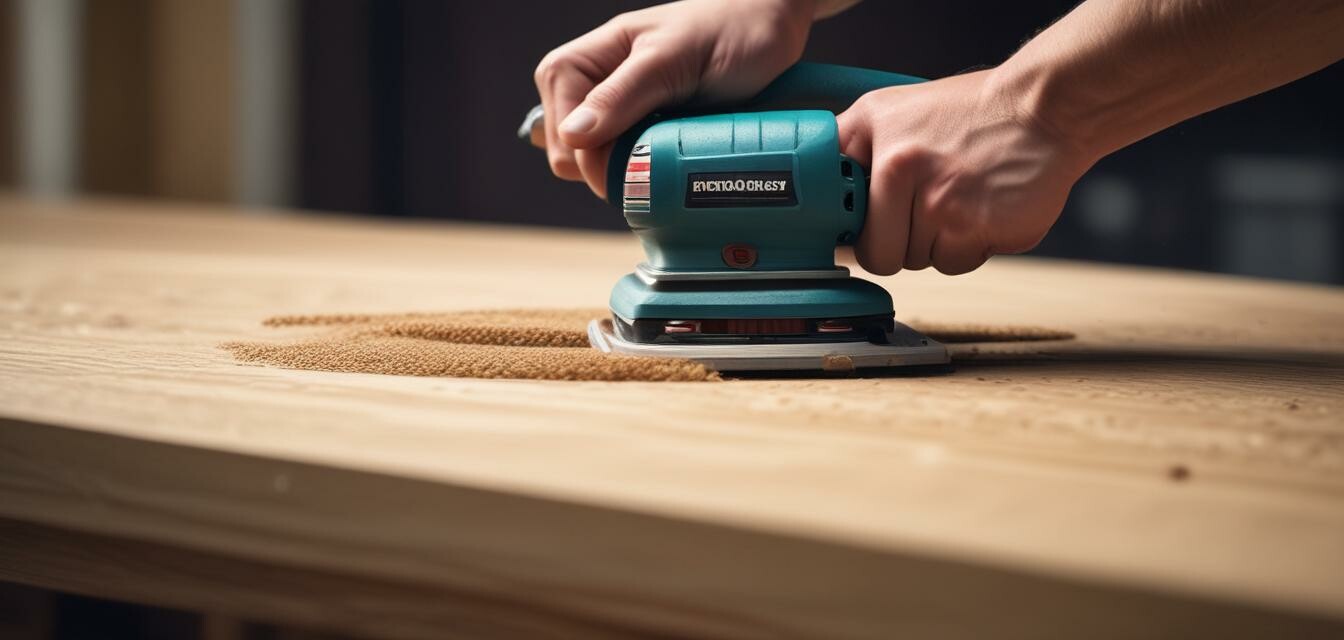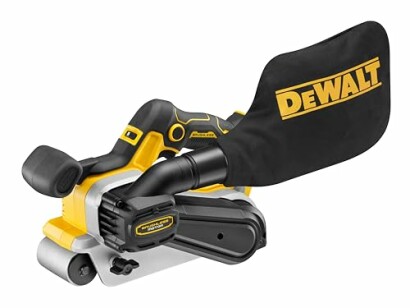
How to Use an Orbital Sander Like a Pro
Key Takeaways
- Choose the right grit sandpaper for your project.
- Keep the sander moving to avoid uneven surfaces.
- Use sanding blocks for tighter areas.
- Regularly clean the sandpaper to enhance efficiency.
Using an orbital sander effectively can elevate your woodworking projects to the next level. Whether you’re a seasoned professional or a DIY enthusiast, mastering the nuances of this powerful tool is essential for achieving flawless finishes. In this guide, we’ll explore tips and techniques to ensure you navigate your orbital sander like a pro.
Understanding Your Orbital Sander
Before diving into the techniques, it's vital to understand how an orbital sander works. This tool uses a circular sanding pad that moves in a random orbit to minimize swirl marks.
Types of Orbital Sanders
- Single-Speed Sanders: Basic, suitable for general sanding tasks.
- Variable-Speed Sanders: Offers speed control for different materials.
- Battery-Powered Sanders: For portability, ideal for outdoor projects.
Getting Started: Preparation
Preparation is key to successful sanding:
- Choose the right grit sandpaper based on your material—coarser for rough sanding, finer for finishing.
- Ensure your workspace is clean and free from dust to prevent scratches on your workpiece.
- Secure the piece you’ll be sanding to avoid movement while working.
Tips for Sanding
- Start with a coarser grit before moving to a finer grit for a smooth finish.
- Keep the sander moving continuously to avoid uneven surfaces.
- Use a sanding block for edges or tighter areas.
Common Mistakes to Avoid
| Mistake | Consequences | Solution |
|---|---|---|
| Staying in one spot | Uneven sanding and gouges | Maintain a consistent movement over the surface. |
| Using worn-out sandpaper | Reduced efficiency | Replace sandpaper regularly for optimal performance. |
| Applying too much pressure | Risk of damaging the material | Let the tool do the work; apply light pressure. |
Maintaining Your Orbital Sander
Regular maintenance of your orbital sander ensures consistent performance:
- Check and clean the dust collection area regularly.
- Inspect the sanding pads for wear and replace them when needed.
- Store your tool in a dry place to avoid rust.
Product Highlight: DEWALT DCW220 18V XR Cordless Belt Sander
DEWALT DCW220 18V XR Cordless Belt Sander
This powerful sander delivers a belt speed of 320m/min and is lightweight at 3.0kg, perfect for achieving smooth results on various projects.
More DetailsConclusion
Using an orbital sander effectively takes practice but leads to stunning finishes that enhance your woodworking projects. By following the tips mentioned in this guide and avoiding common mistakes, you’ll become more efficient and improve your results. Remember, the key is to practice, be patient, and continuously enhance your skills.
Beginners' Section
- Start with small projects to build your confidence.
- Watch tutorial videos to understand technique.
- Don't hesitate to ask for advice from experienced users.
For more tips and resources on power tools, check out our other guides such as Impact Drivers and Cordless Drills. Happy sanding!

